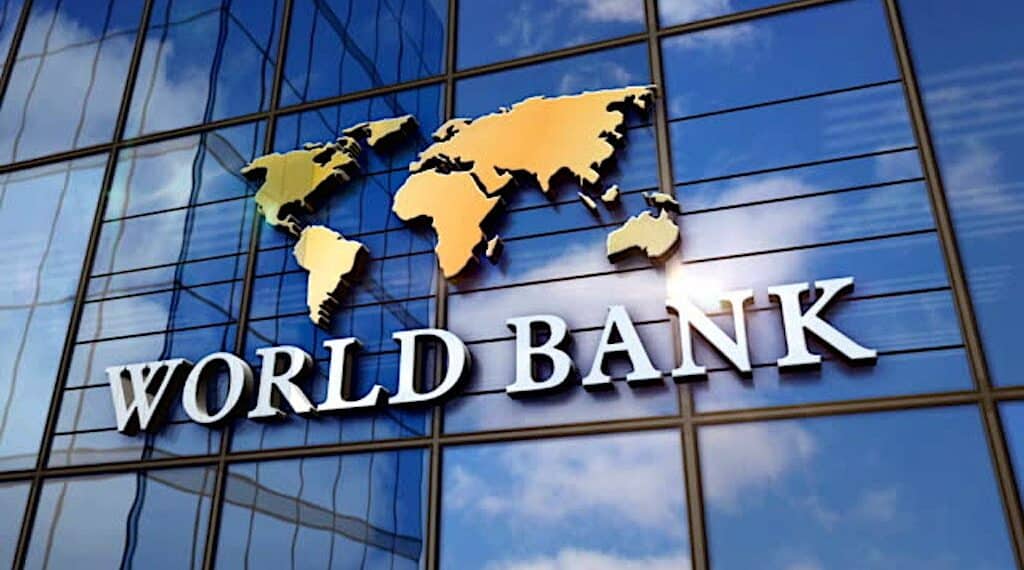
World Bank Allocates $24 Billion to Boost Development in the Poorest Nations
The World Bank has committed approximately $24 billion in loans and grants to support some of the most impoverished nations around the globe. This funding could generate an unprecedented $100 billion in overall spending capacity, aimed at addressing key development challenges.
The allocation was announced by Ajay Banga, President of the World Bank Group, on Thursday. According to Banga, donor nations have pledged $23.7 billion to replenish the International Development Association (IDA), the World Bank’s concessional lending division. This marks a slight increase from the $23.5 billion raised in the last replenishment cycle, three years ago.
Leveraging Funds for Greater Impact
Banga emphasized that this year’s replenishment is significant not only because of the resources raised but also because of how they will be used. “Thanks to IDA’s unique leveraging model, the $24 billion will generate a total of $100 billion in affordable financing—the largest replenishment in IDA’s history,” Banga stated. He attributed this success to donor generosity and improvements in the World Bank’s balance sheet, enabling it to take on more risk and increase its leverage capacity.
The funding will primarily be deployed to support 78 of the world’s poorest countries. These funds will be used to invest in vital sectors such as health, education, infrastructure, and climate resilience. The aim is to stabilize economies, create jobs, and build the foundation for a better future, while empowering nations to navigate an increasingly uncertain global environment.
Streamlining Operations for Greater Efficiency
Banga also highlighted the operational improvements that have been made during this replenishment cycle. IDA’s operational framework had grown increasingly complex, with over 1,100 requirements and metrics that often slowed down progress. In response, the World Bank worked closely with its partners to streamline operations, reducing the number of metrics by half, from 1,100 to 500. This, Banga explained, would make IDA simpler, faster, and more responsive to the needs of the countries it serves.
A Track Record of Success
Since its inception 60 years ago, IDA has been a critical partner for the world’s poorest nations. Banga pointed out that 35 countries have graduated from IDA, many of which are now contributing as donors to the fund. This cycle has allowed IDA to leverage each donor dollar 3.5 to 4 times, transforming modest contributions into life-changing investments.
IDA’s track record over the last decade is notable. The fund has mobilized and deployed $270 billion, with $179 billion directed specifically to Africa. It has also become the largest provider of concessional climate financing, investing $85 billion in the last 10 years, with over half of this directed toward climate adaptation initiatives such as building heat-resistant schools and providing farmers with drought-resistant seeds.
Tangible Outcomes for Beneficiaries
The impact of IDA’s funding has been significant. Over 900 million people have received health services, 117 million people have gained access to reliable electricity, and 94 million individuals have access to clean water. Additionally, more than 18 million farmers have benefited from essential technology. These outcomes reflect IDA’s role as one of the most effective investments in global development.
Addressing Future Challenges
Despite these successes, Banga acknowledged the ongoing challenges that IDA’s funding must address. In many of the countries it serves, rising debt and limited fiscal space continue to constrain government spending. For these nations, IDA’s concessional financing remains a vital source of investment, particularly in job-creating sectors.
With 1.2 billion young people expected to enter the workforce in the coming years, Banga stressed the urgent need for job creation. Projections suggest that only 420 million jobs will be created, leaving nearly 800 million young people at risk of unemployment. This, Banga warned, poses a significant threat to societal stability and economic growth.
IDA as a Catalyst for Job Creation
The World Bank Group is committed to addressing this challenge. Banga emphasized that job creation is a central focus of IDA’s projects. The funds are not only aimed at building infrastructure and improving health and education systems but also at fostering private sector growth, which is critical for creating jobs and economic opportunities.
Banga described IDA as a catalyst for job creation, providing countries with the resources they need to stimulate growth and empower their populations. This approach, he said, aligns with the World Bank Group’s broader jobs agenda, which integrates public sector experience with private sector financing to create sustainable economic opportunities.
Conclusion
In summary, the World Bank’s $24 billion allocation to the world’s poorest nations represents a major step forward in the global effort to combat poverty and inequality. By focusing on streamlining operations, creating jobs, and addressing urgent climate challenges, the World Bank is ensuring that its resources will have a transformative impact on the nations that need them most. With the resources provided, IDA is not just a financial instrument—it is a powerful force for positive change and development across the globe.





